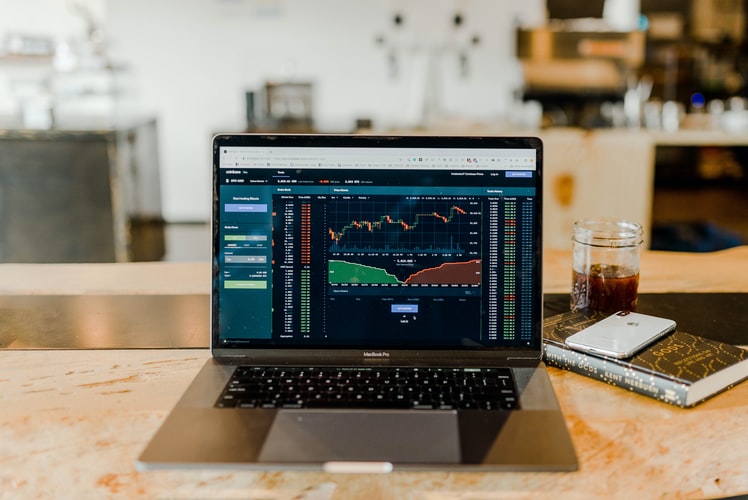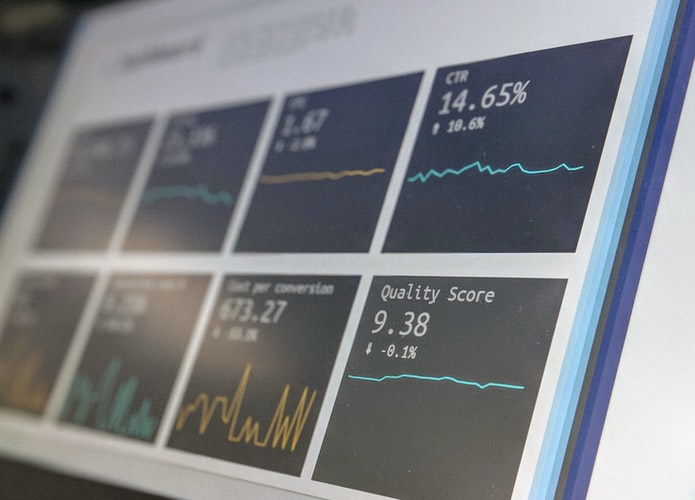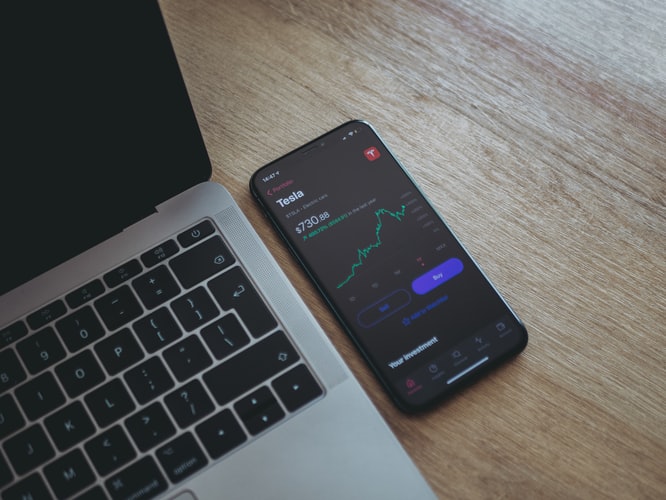Business Analysts need to look towards technical evolution as they assess the industry trends for the future, and business analysis as a unit of work. As the internet continues to rapidly transform, Business Analysts are poised to take on their new role. The first step is to look at the available data for trends. This will allow a Business Analyst to make informed guesses about the likely direction in which an industry may go. As data becomes more available, Market Analysts will begin to look at industries in greater detail, developing analytical models to forecast future trends.

Data And Business Trends
While trends are important to business analysts as trends in any given industry will generally be cyclical, emerging and advancing trends may become an important focus as data becomes more readily available. The trends that emerge from data will in turn impact business processes, creating changes in strategy and practice that will have long-term implications for the business environment. Likewise, the strategies adopted by business analysts as the trends are examined, whether for the larger or smaller companies within an industry or across different industries will have long-term impacts that will require adjustments to current practices.

There are many ways to analyze data that are associated with trends. Trends can be studied at the macro-level, representing broad trends over many years or at the micro-level, representing shorter time spans. Many organizations have developed specialized systems that can help analyze and interpret data concerning trends at both the macro and micro-level. When studying trends at the macro-level one will find trends can be grouped into two major categories: those associated with structural transformations such as shifts in business infrastructure or business processes, as well as those related to market trends such as consumer spending habits or consumer preferences. Other trends can be grouped under these larger umbrella categories.
Micro-level trends have much less predictability than the longer-term macro-level trends do. This is because micro-level data is most often more dynamic and subject to sudden shifts in consumer spending habits, for example. As a result, it requires business analysts to apply statistical methods and software programs to analyze the changing environment of the consumer. In this way business analysts are able to make more reliable inferences about consumer buying habits.
Remote work and telecommuting have made the range of business analysis professionals available much wider in recent years. These professionals are now able to leverage their skills and talent to make insightful observations about a wide range of businesses and issues. Business analysts who have telecommuting and remote work opportunities are often the ones who can make the most detailed data-driven analysis, in order to provide business leaders with the information they need to make strategic decisions regarding their companies. In addition, they may be the ones that can implement the findings of their analyses in real time, helping to advise their business leaders.

Conclusion
Business analysts are also finding that they can improve their chances of career advancement and increase their earning power by combining scientific and analytical business knowledge with their practical experience. For instance, by using statistical techniques and formulas, business analysts are able to build up stronger case studies, which they can use to support their arguments when they make presentations to business leaders. They can also develop stronger arguments for using marketing tools in their business. By using existing business tools in their own businesses, business analysts to develop better ways of running their businesses, increasing their profitability. In short, business analysts are proving that their time and talent can be applied to building better business leaders, increasing their overall earning potential.
